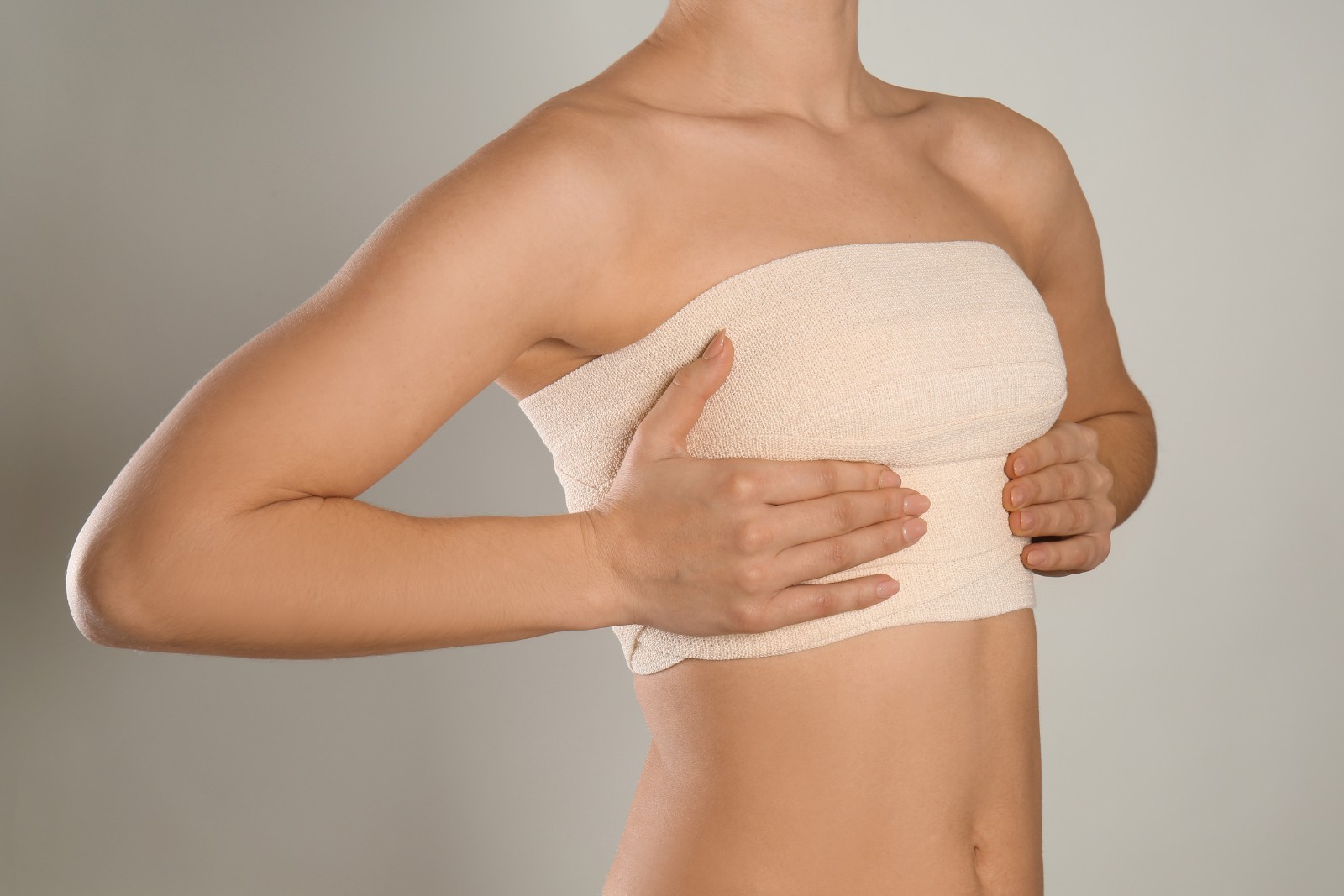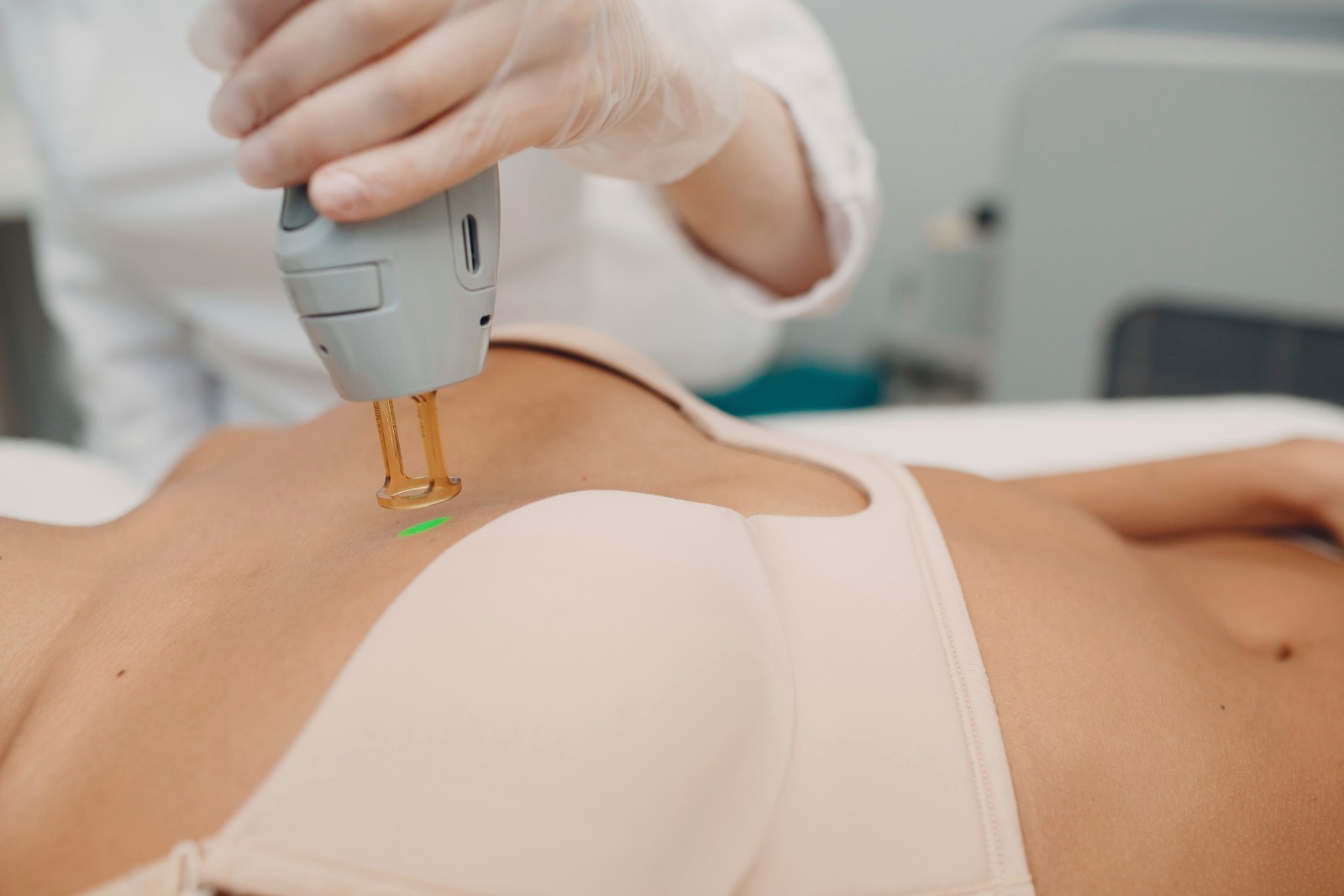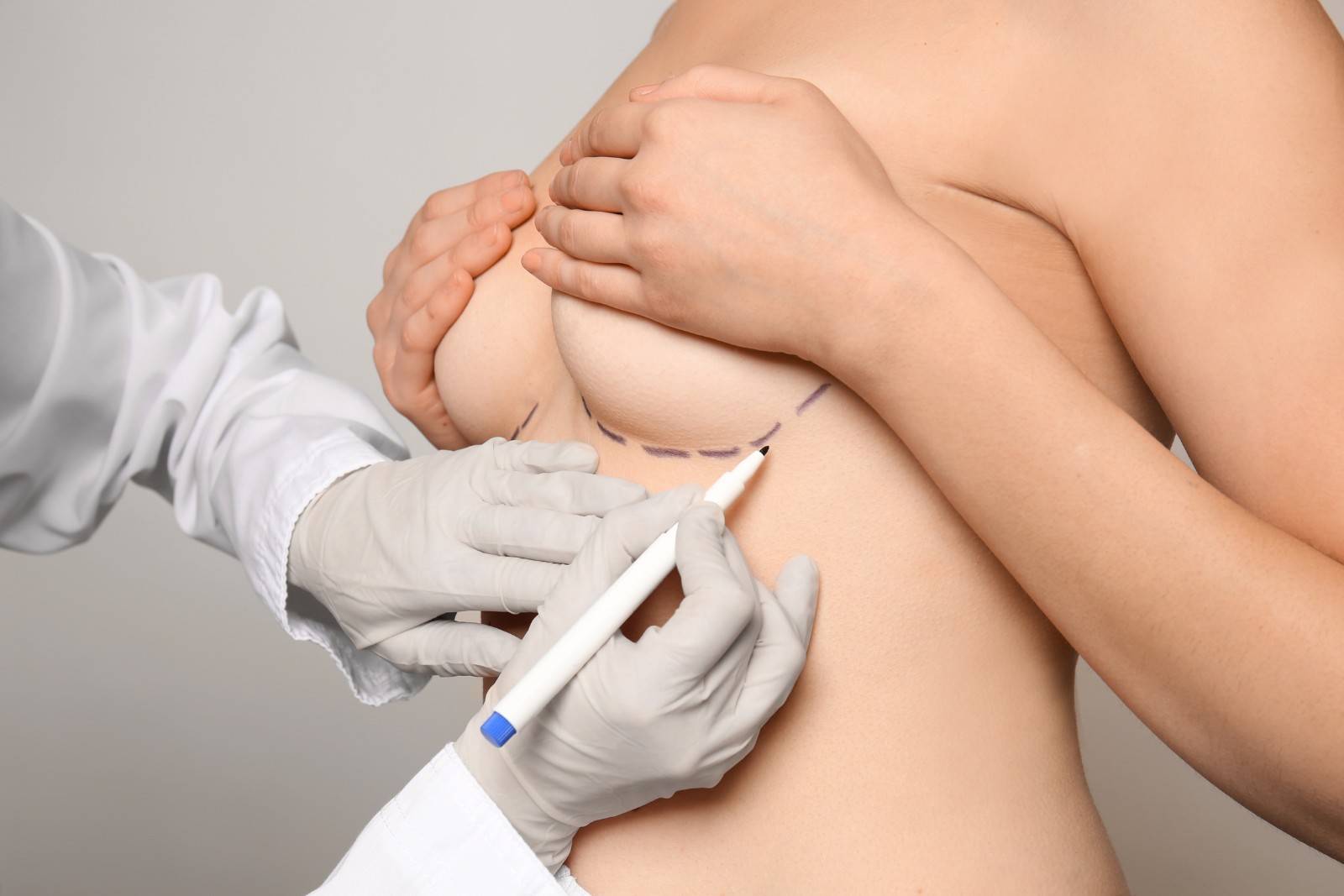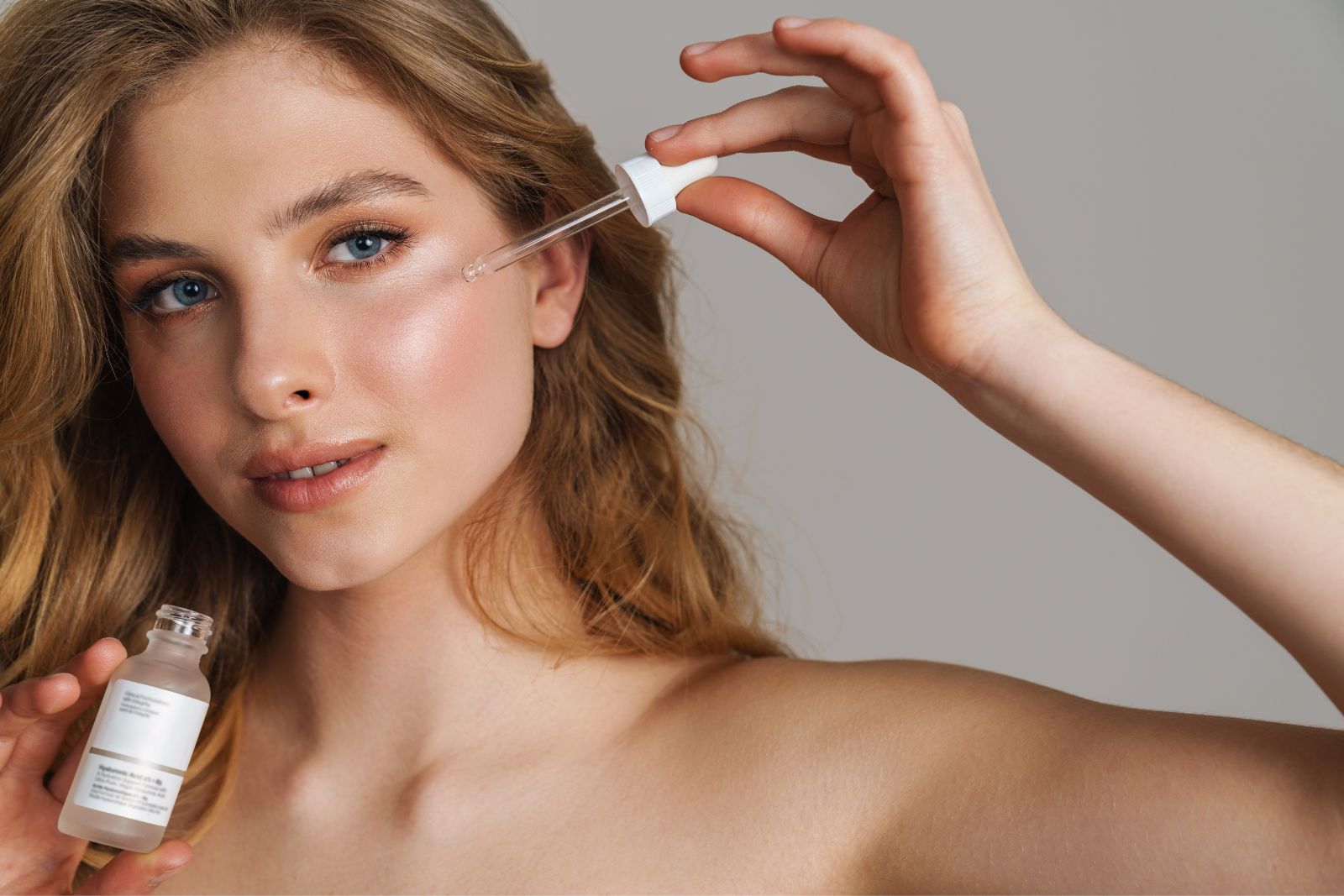Breast reduction surgery, or reduction mammaplasty, is a transformative procedure that not only reduces the physical burden of excessively large breasts but also enhances aesthetic appeal and comfort. This surgical procedure involves the removal of excess breast tissue and skin, helping patients alleviate associated health issues like neck pain, shoulder pain, and skin irritation.
However, a common concern following this life-changing surgery is the appearance of scars. This concern is not just cosmetic but also pertains to the pain, discomfort, and possible restriction of movement that can accompany poorly healed scars. Effective management of these scars is crucial, not only to improve the physical appearance but also to enhance the psychological recovery post-surgery.
In this article, we explore:
- The nature of breast reduction scars and the factors that influence their healing.
- Cutting-edge cosmetic interventions to minimize scarring.
- Natural treatments and their limitations.
- Personalized treatments available at Aesthetics MedSpa in Reno, ensuring the best care and outcomes.
Whether you are considering a breast reduction or are in the post-operative phase, understanding the scar management options can significantly enhance your comfort and satisfaction with the results. Let’s explore how you can achieve the best possible outcome with minimal scarring.

Understanding Breast Reduction Scars
Breast reduction surgery is more than just a physical alteration—it’s a complex surgical procedure designed to enhance overall health and comfort by removing excess breast tissue. Despite its benefits, one inevitable outcome is the formation of scars. These scars result from the necessary incisions made during surgery, and while they are a sign of the body’s natural healing process, their appearance can vary widely among individuals.
Why Scars Form After Breast Reduction Surgery
Scarring is a fundamental aspect of the healing process after any surgical procedure, where the skin repairs itself following an incision. When it comes to breast reduction, the skin’s response involves collagen fibers coming together to mend the incision sites, which initially forms a scar. Over time, this scar can change in texture and color, becoming less noticeable.
Types of Scars Associated with Breast Reduction
Breast reduction scars typically manifest in two common patterns:
- Anchor-Shaped Scar: This type results from traditional reduction techniques involving a circular incision around the areola, extending vertically down and then horizontally along the breast crease, resembling an anchor.
- Lollipop Scar: A less extensive scar from a technique involving an incision around the areola and vertically down to the breast crease, without the horizontal component, thus resembling a lollipop stick.
Struggling with acne scars? Learn the 7 Most Effective Acne Scar Treatments.
Each type of scar has its implications on the visibility and the healing process, heavily influenced by the surgical technique employed by the plastic surgeon.

Factors Influencing Scar Visibility and Healing
The visibility and healing of scars post-breast reduction are not solely contingent upon the type of incision. Various factors play critical roles:
- Genetics: Some individuals are genetically predisposed to more pronounced scars like hypertrophic or keloid scars, especially those with darker skin tones.
- Surgical Technique: Skilled surgeons employing advanced incision techniques can significantly reduce scar visibility. Techniques vary in terms of the location and size of the incision, affecting how conspicuous the scars are after healing.
- Post-Surgery Care: Proper care following the surgery is crucial. According to the American Society of Plastic Surgeons, applying silicone sheets or gels can create a protective barrier, enhancing the healing process and making scars flatter and less red. Moreover, avoiding excessive physical activities and following the surgeon’s aftercare instructions can prevent the worsening of scars.
- Natural Skin Tone and Type: Individuals with lighter skin might experience less noticeable scarring compared to those with darker skin, who are more susceptible to developing darker and potentially more raised scars.
- Additional Treatments: Treatments such as laser therapy, gentle massage, and steroid injections can also be effective in managing scar appearance. Laser treatments, for example, use focused light to stimulate the skin’s natural repair processes, reducing the redness and roughness of scars.
In conclusion, while scarring is an unavoidable consequence of breast reduction surgery, its long-term visibility can be minimized through a combination of expert surgical techniques, personalized postoperative care, and subsequent cosmetic interventions.
Cosmetic Interventions to Minimize Breast Reduction Scars
Post-breast reduction scar management has advanced significantly, providing a range of effective treatments that improve aesthetic outcomes and boost patient confidence. Here, we delve into the various cosmetic interventions available, explaining their mechanisms, effectiveness, and the expected timeline for visible results.
- Laser Therapy: Laser therapy is highly effective for lightening scars and improving skin texture. Various types of lasers, such as fractional CO2 and pulsed-dye lasers, target different aspects of the scar. Fractional lasers, for example, create microscopic wounds within the scar, which stimulate the body’s natural healing process and lead to smoother, less visible scars.
- Microneedling: Microneedling has emerged as a highly effective treatment for reducing the appearance of breast reduction scars. This minimally invasive procedure involves using fine needles to create tiny punctures in the skin, stimulating the body’s natural healing process and promoting the production of collagen and elastin. By encouraging the regeneration of new, healthy skin cells, microneedling helps to soften and flatten scars, blending them seamlessly with the surrounding skin.
- Chemical Peels: These are a tried and true solution that has been used for many years to treat scars, blemishes, and pigmentation. Chemical peels work by resurfacing the skin, removing damaged layers, and stimulating collagen growth and new skin cell production, leading to skin renewal. The treatment can be tailored based on the patient’s skin type and condition.
- Microdermabrasion: Microdermabrasion plays a pivotal role in improving the surface smoothness of scars by removing the upper layers of skin and promoting new skin cell growth. This treatment is suitable for minor scars and is often used with other treatments to enhance overall results. Sessions typically start once the scar is no longer raw or sensitive, usually about 3-6 months post-surgery.
- Radiofrequency Therapy: One of the newest advances in scar treatment is radiofrequency therapy, which helps remodel collagen and improve skin elasticity and strength. This method uses energy waves to heat the deep layer of skin, encouraging new collagen formation and skin tightening.
- Silicone Gel Sheets: Silicone gel sheets are a cornerstone in scar management due to their ability to reduce scar thickness and discoloration. These sheets act as a semi-occlusive layer over the scar, maintaining hydration and allowing the skin’s natural healing enzymes to work more effectively.
- Steroid Injections: Steroid injections are primarily used to prevent and treat hypertrophic scars and keloids, which are more prevalent in individuals with darker skin. These injections help to suppress inflammation and reduce collagen buildup in the scar tissue, leading to flatter and less conspicuous scars.

Discussion on Timeline and Expected Outcomes
The timeline for scar minimization treatments varies depending on the specific method and individual healing rates. Generally, treatments like silicone sheets and steroid injections can begin early in the healing process, while laser therapy, microdermabrasion, and radiofrequency treatments are usually recommended once the initial healing phase has concluded to ensure the scar tissue is robust enough for the procedures.
These advanced scar minimization programs are essential in not only improving the appearance of scar tissue but also in enhancing the psychological well-being of patients, giving them confidence in their new body image.
Do Natural Remedies Work for Breast Scar Reduction?
While medical and cosmetic treatments are typically the most effective for minimizing scars, particularly those resulting from breast reduction surgery, there are several natural remedies that some individuals find helpful for mild scar care and relief. It’s important to note, however, that these natural methods generally do not offer results as significant as those achieved through professional treatments.
Natural Treatments for Scar Reduction
- Aloe Vera: Aloe vera is renowned for its soothing and anti-inflammatory properties. It can be applied directly from the plant to the scarred area, which may help soften the skin and provide a hydrating effect. For best results, use pure aloe vera gel several times a day on fully healed scars.
- Vitamin E: Vitamin E is commonly touted for its role in improving the appearance of skin. Applying vitamin E oil to scars may help moisturize the scar tissue and improve its elasticity. However, it’s essential to patch test first as some people can develop contact dermatitis from vitamin E.
- Onion Extract: Products containing onion extract, such as Mederma, are available over the counter and are popular for scar treatment. These products are believed to improve collagen production at the scar site, potentially reducing scar height and discoloration.
- Essential Oils: Some essential oils, such as lavender and rosemary oil, are believed to have skin-healing properties. When diluted with a carrier oil, they can be massaged into the scar area to potentially aid in softening the tissue. Always ensure to dilute essential oils appropriately to avoid skin irritation.
- Honey: Honey is another natural remedy known for its wound-healing properties. It is an effective moisturizer and can be applied to healed scars to keep the skin hydrated and encourage a smoother appearance.
Looking for more moisturizing tips? You’ll want to read How to Find the Best Moisturizer for Dry Skin.

Tips for Natural Scar Care
- Keep the scar moisturized with natural oils or aloe vera, as hydration can help prevent the scar from becoming too hard or itchy.
- Protect the scar from the sun. UV exposure can darken scars, making them more visible. Applying a broad-spectrum sunscreen or covering the scar with clothing is crucial when outdoors.
- Gentle massage can be performed on fully healed scars. This can help break down the dense collagen fibers and improve blood flow, which might contribute to a less noticeable scar.
- Maintain a healthy diet and stay hydrated. Good nutrition supports skin health, potentially aiding the natural healing process.
While these natural remedies can provide some relief and minor improvements in the appearance of scars, they are not as effective as specialized cosmetic and medical treatments. For those seeking significant scar reduction, consulting with a healthcare provider or a specialist in dermatology or cosmetic surgery is advisable to explore more advanced options.
Personalized Care at Aesthetics MedSpa in Reno: Tailoring Scar Minimization to Your Needs
Every scar tells a story, and no two scars are the same—this is why customized scar management is critical. At Aesthetics MedSpa in Reno, we begin with a detailed consultation to understand your skin type, the specifics of your surgical scars, and your personal healing journey.
We employ a variety of treatment options, each chosen for its efficacy and suitability to your specific case:
- Laser Therapy, using state-of-the-art microscopic lasers, targets pigmentation and texture, significantly improving the aesthetic appearance of scars.
- Radiofrequency Treatments have shown promising results in remodeling collagen and improving the elasticity and firmness of scarred skin.
- Chemical Peels involve the application of a chemical solution that removes the outer layers of old skin, revealing new, less scarred skin underneath. Peels vary in intensity and can be customized to the depth of the scar tissue.
- Microdermabrasion is a non-invasive procedure that uses fine crystals or a diamond tip to exfoliate and remove the superficial layer of dry, dead skin cells.
Commitment to Ongoing Improvement and Care
The healing doesn’t stop when the treatment ends. At Aesthetics MedSpa in Reno, we provide ongoing support and follow-up appointments to monitor your progress and make adjustments to the treatment plan as needed. This ongoing commitment ensures that our patients not only see results in the short term but also maintain these improvements over time.
Your Next Step Towards Flawless Healing
Ready to take the next step in your recovery journey? Contact Aesthetics MedSpa today to schedule your personalized consultation. Let us help you achieve the best possible outcome for your breast reduction scars with treatments tailored just for you. Embrace a future where your scars do not define your beauty—Aesthetics MedSpa is here to ensure they won’t.





